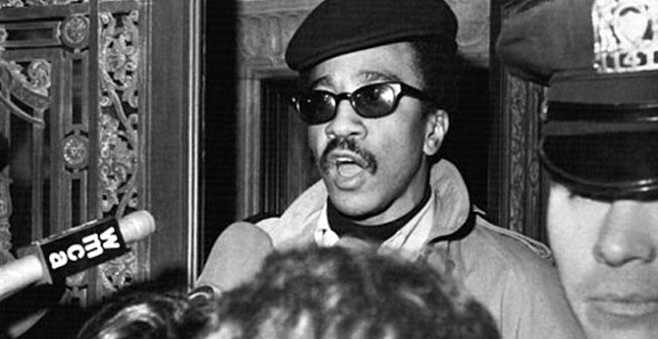By Affad Shaikh
Recent trends suggest that technology is not an add-on to campaigns. Rather, it is a carefully integrated strategy.
Hasna Maznavi lives in Cerritos, California. She has been a proud Obama supporter since 2008, but felt she wanted to do more, so she joined the countless volunteers in Las Vegas helping the Obama for America (OFA) campaign this year.
She saw a Facebook status update that one of her friends was volunteering, and jumped at the opportunity. Maznavi, worried by the polls, feared that Obama would lose.
“I get a lot of my views from Facebook, it’s like the constant ticker that you see on news channels,” says Maznavi. “But here its from my friends and more pertinent to what I want to see.”
A UC Berkley undergraduate from USC film school, Maznavi is not new to social media.
Maznavi says that social media isn’t playing as crucial of a role as it did in 2008. “I feel part of what makes things pop in social media is how memorable, new and exciting things are. This time around its not Obama 2008, when things were viral.”
Maznavi is correct in her perception. Unlike traditional campaigning methods, the Obama campaign integrated technology into their central strategy.
For the first time, what campaigns did on social media were making headlines. The Obama campaign rewarded its twitter followers with the Vice Presidential announcement on the very platform.
On the other hand, John McCain announced in an interview that he hadn’t even used a computer, let alone sent an email himself.
This technology gap reflects how voters see candidates and how campaigns place value on technology in their campaigns.
To read the rest of the article at Illume, click here.









